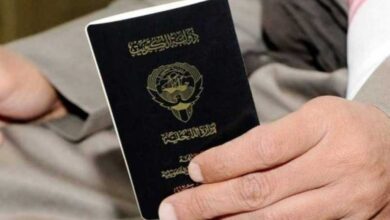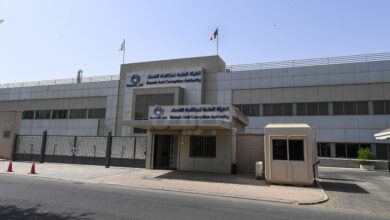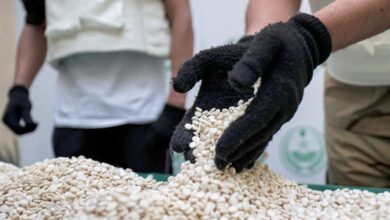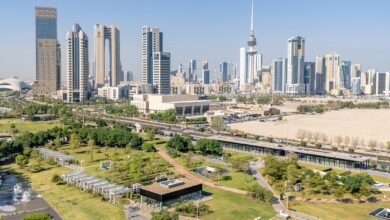Kuwaiti researcher maps global dust sources using remote sensing

Dr. Ali Al-Hamoud, a researcher at the Environment and Life Sciences Center of the Kuwait Institute for Scientific Research, contributed to a scientific paper published in Scientific Reports titled “A Global Map of Diverse Dust Sources Using Remote Sensing Data.” The study presents the latest high-resolution global map of dust sources.
Dr. Al-Hamoud explained that advancements in remote sensing and analytical techniques have increased the need for accurate, up-to-date maps to better understand and manage global dust emissions.
Using Sentinel-5P satellite data from 2018 to 2024, the team calculated the global average aerosol index and identified areas with absorption index values above 0.25 as potential dust sources, validated with ground-based monitoring, reports Al-Rai daily.
The study shows that about 5 percent of the world’s land area contributes to dust emissions, with the majority located in North Africa (67 percent) and Asia (30 percent).
Analysis of land use and land cover revealed that dust sources fall into three categories: deserts (65 percent), degraded vegetation (26 percent), and arid hydrological areas (9 percent). Sandy areas, pastures, and intermittent water bodies represent the most extensive regions globally.
Dr. Al-Hamoud noted that natural factors account for 65 percent of dust formation, while human activities contribute 35 percent. He added that dust storm frequency from desert sources has generally increased worldwide, whereas non-desert sources have seen decreases in some areas, including parts of the Middle East.
The study highlights the diverse sources of dust, particularly across Asia and Africa, and provides a new global atlas of dust sources. This resource is expected to aid climate modeling and support disaster risk reduction and management planning.
This research represents a significant contribution to understanding global dust dynamics and their environmental and societal impacts.












